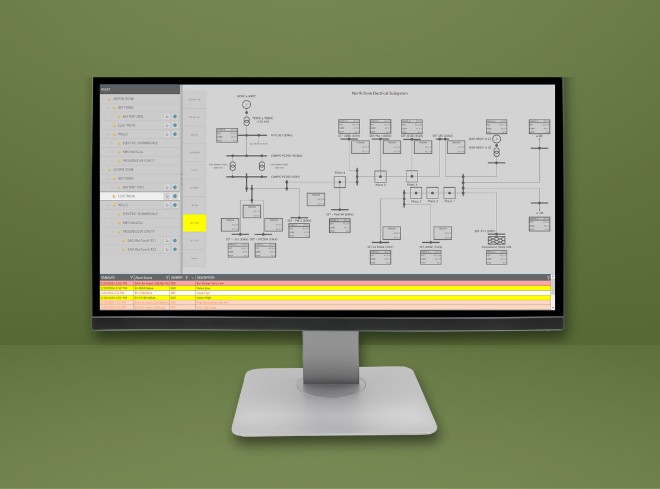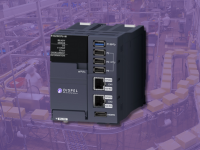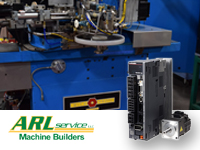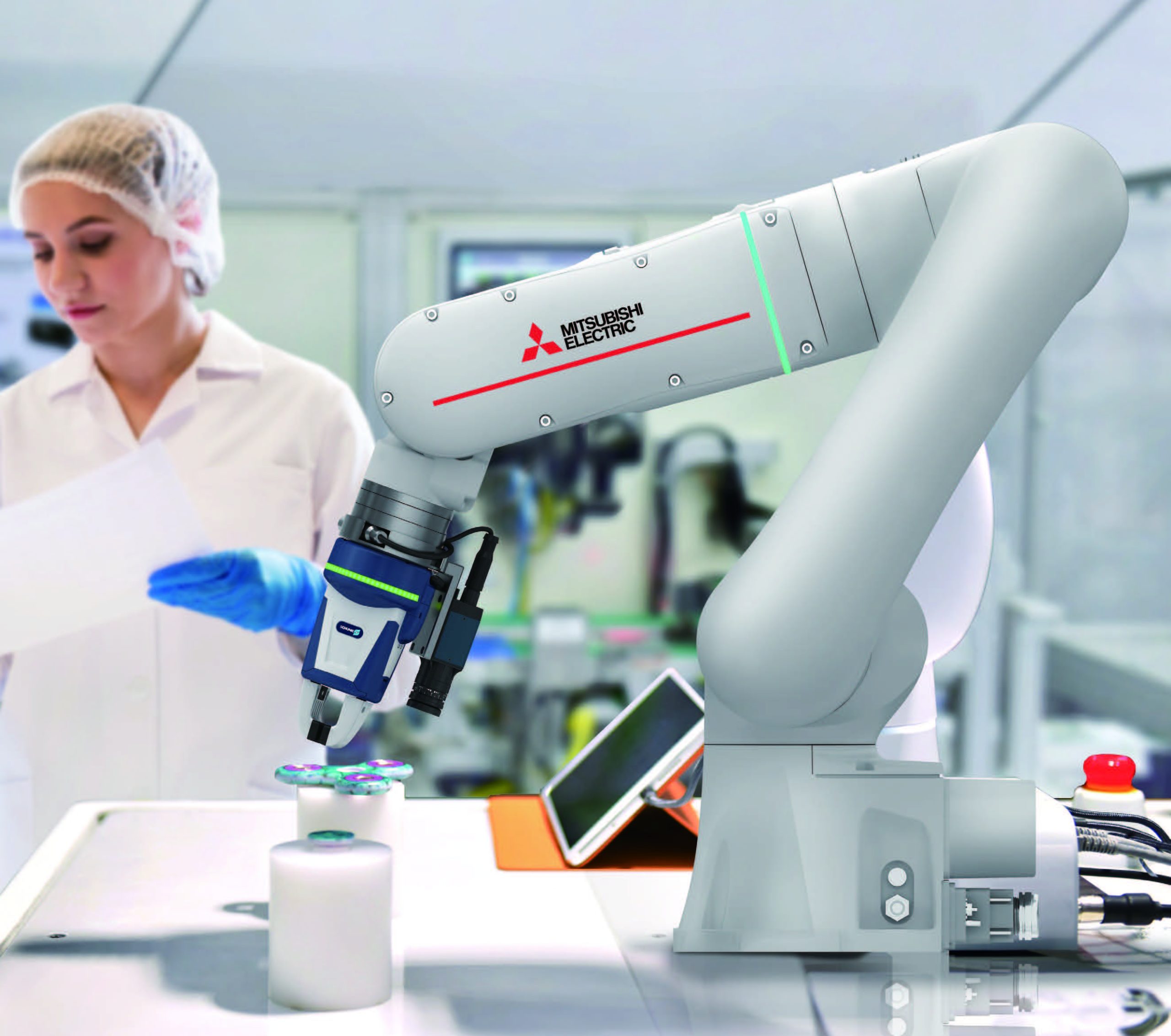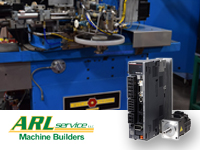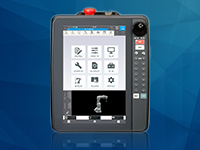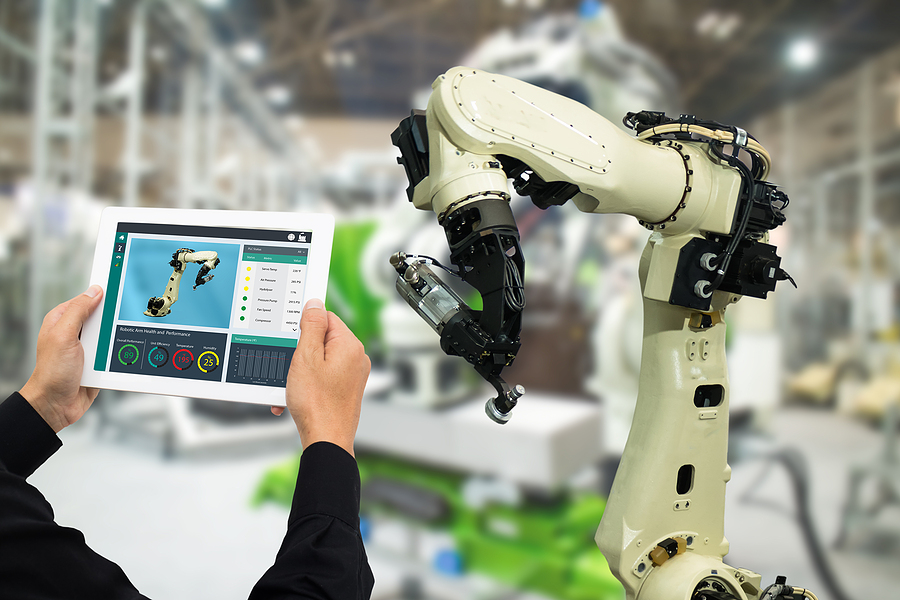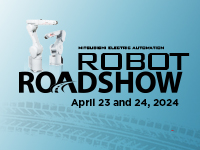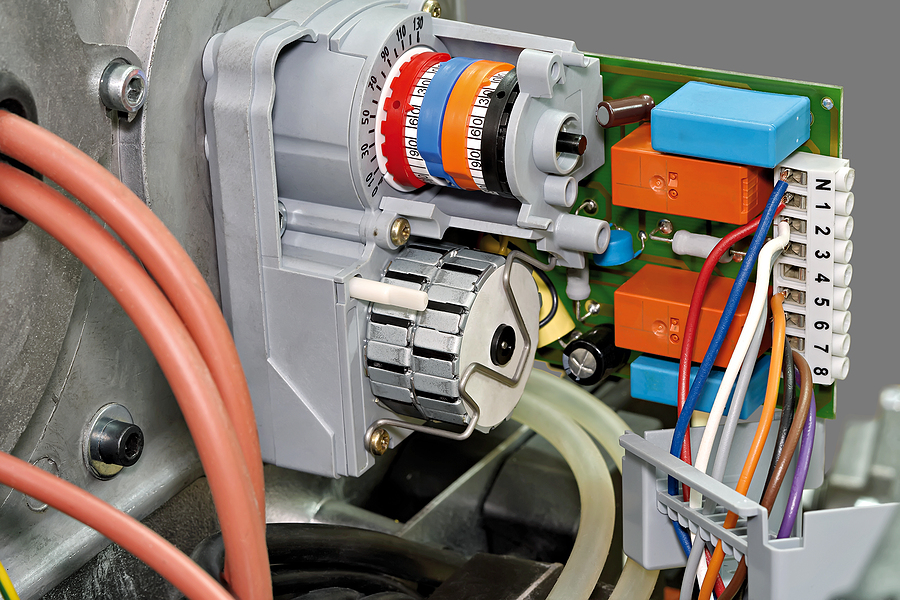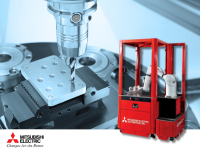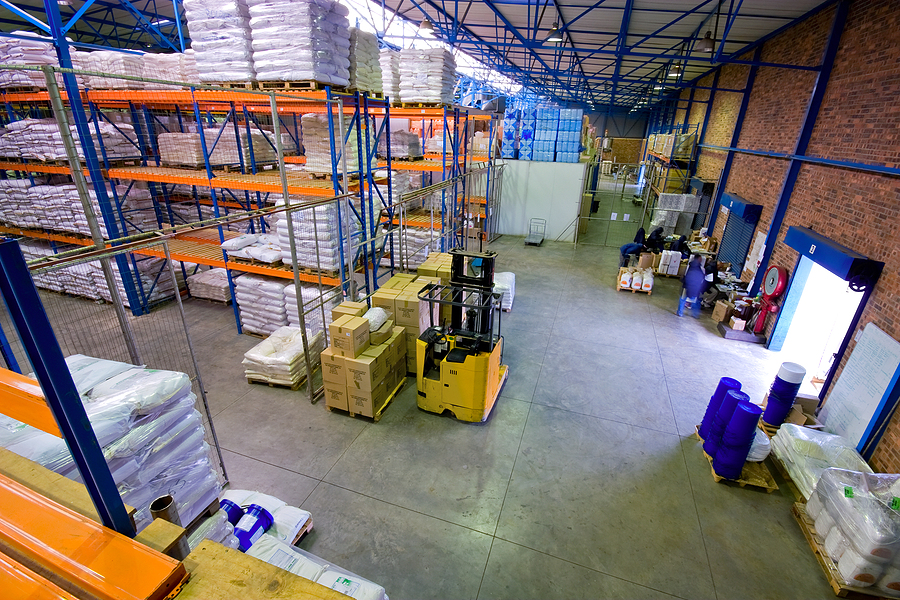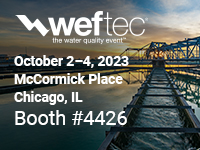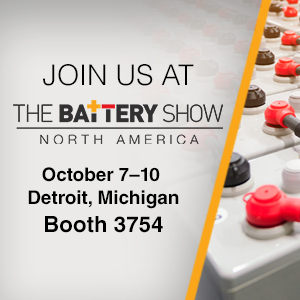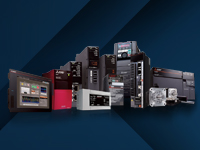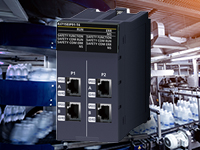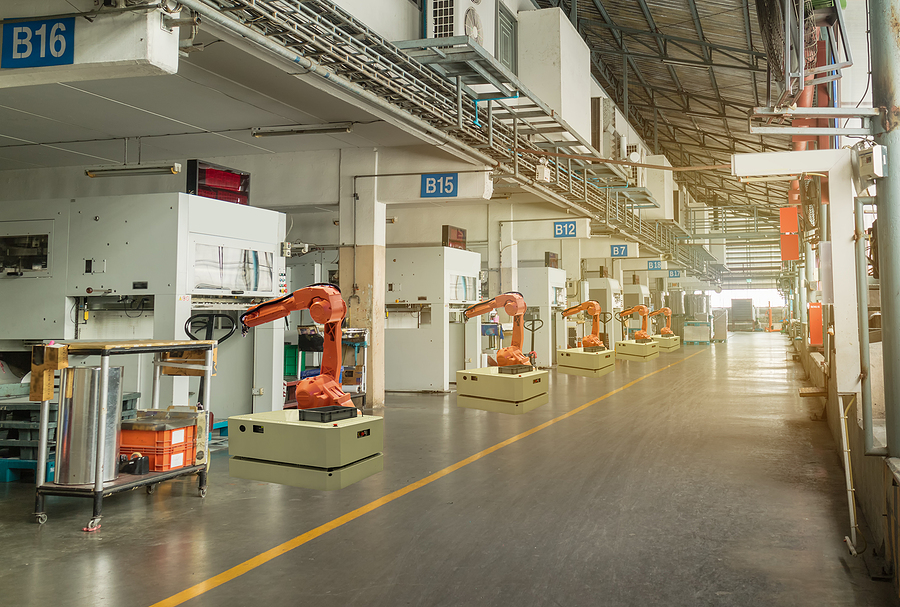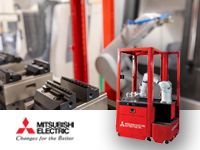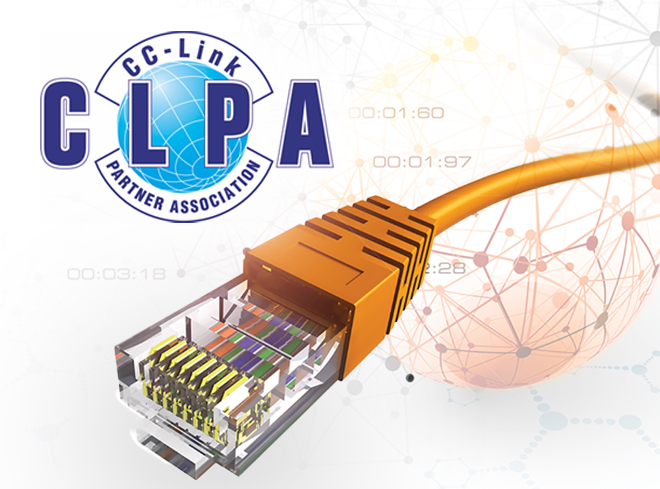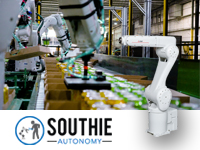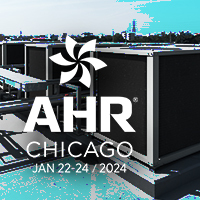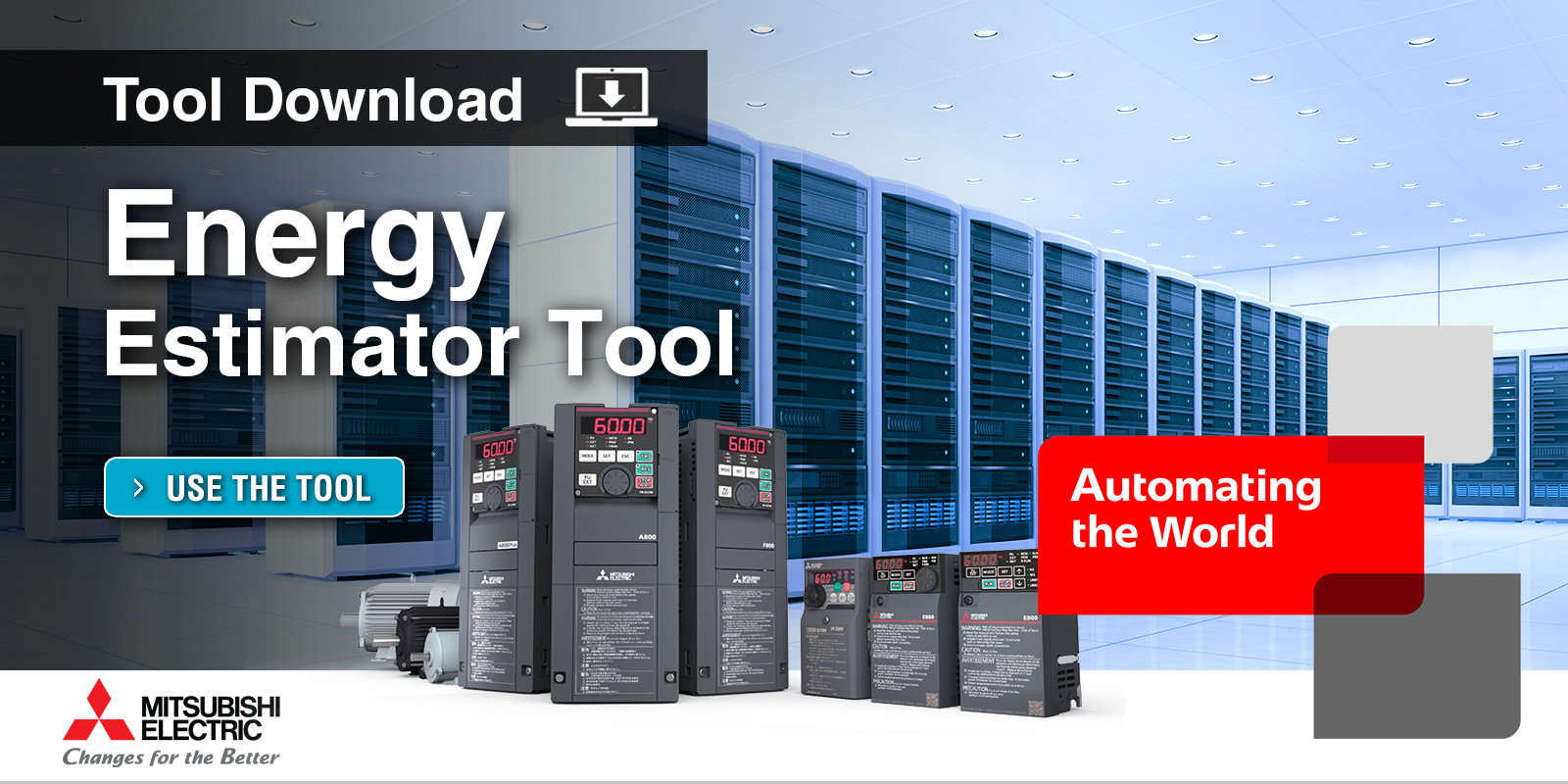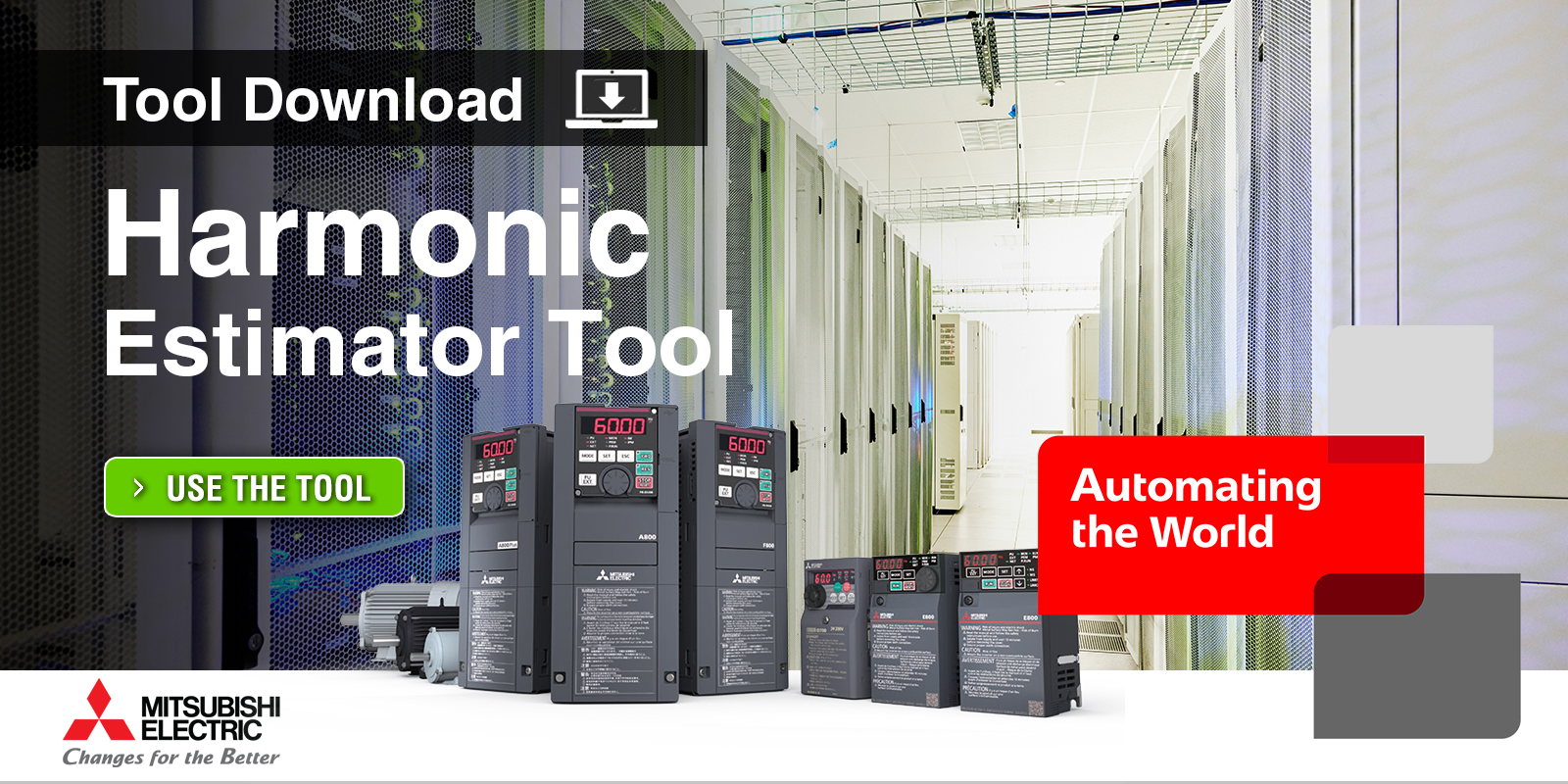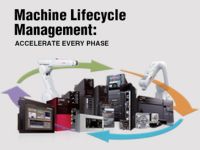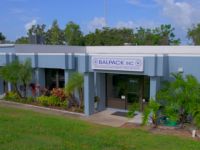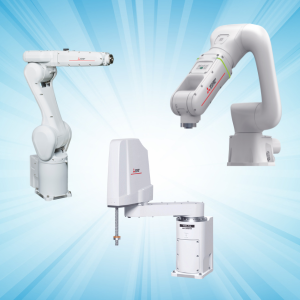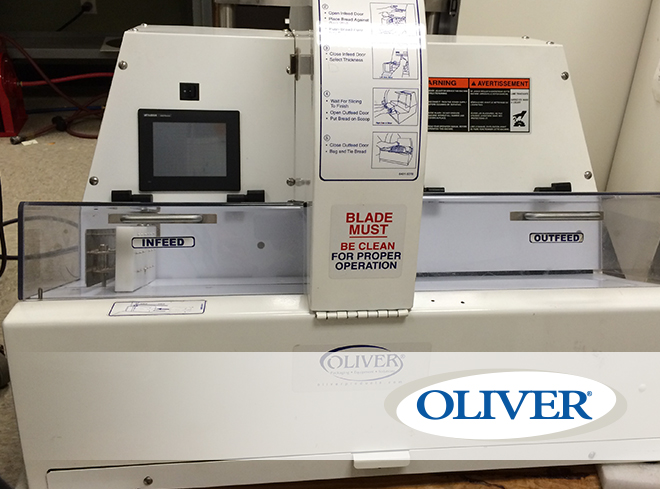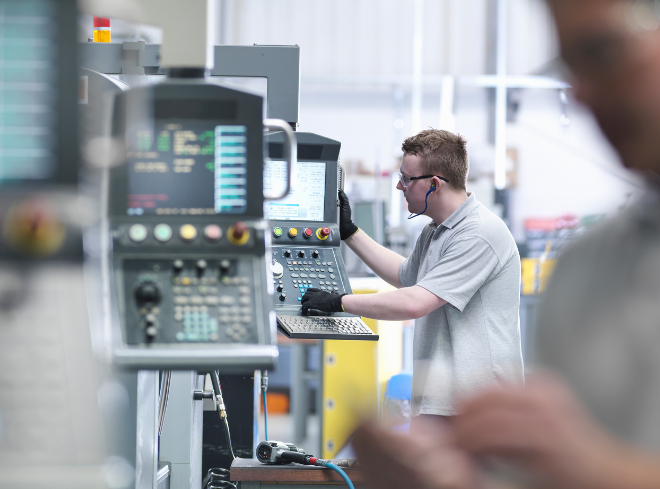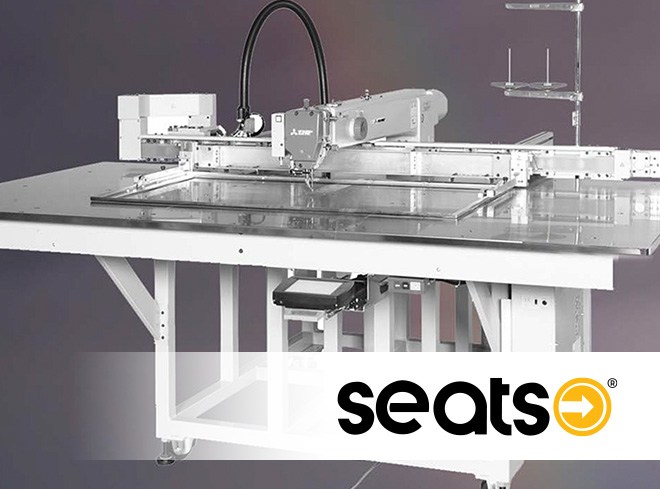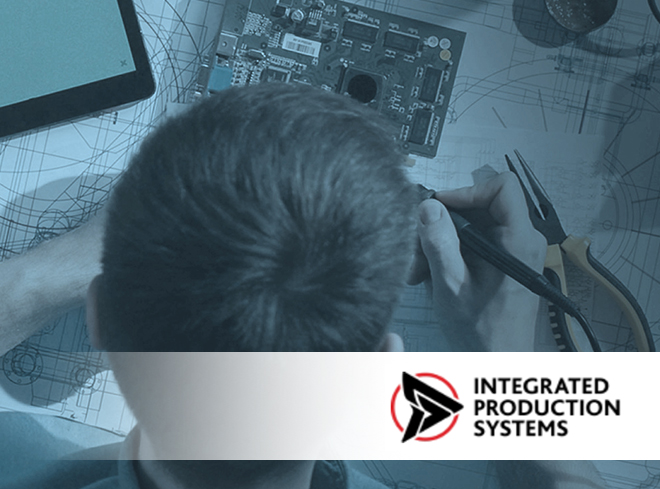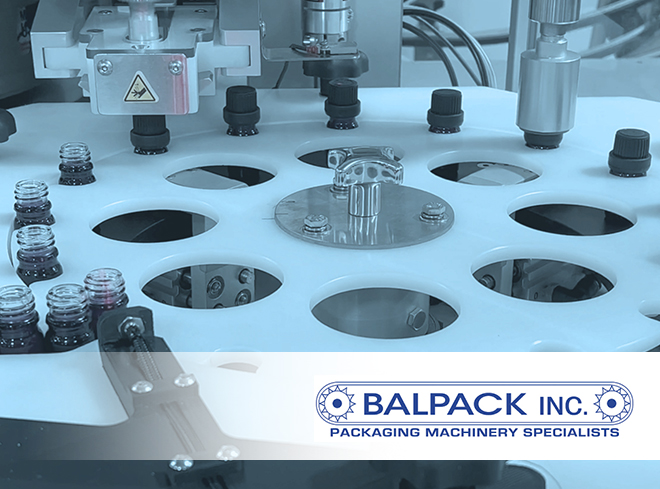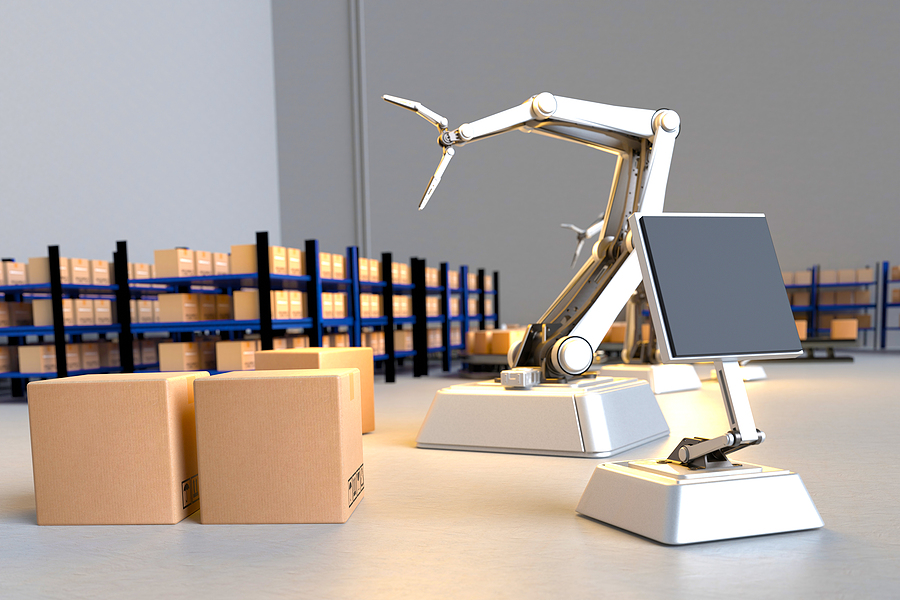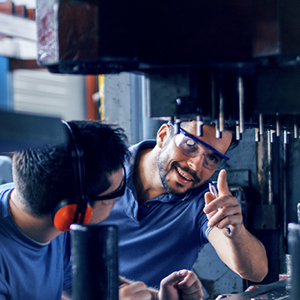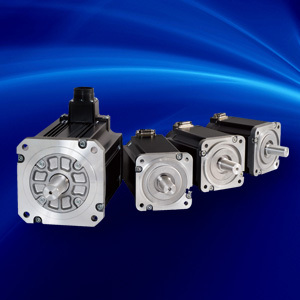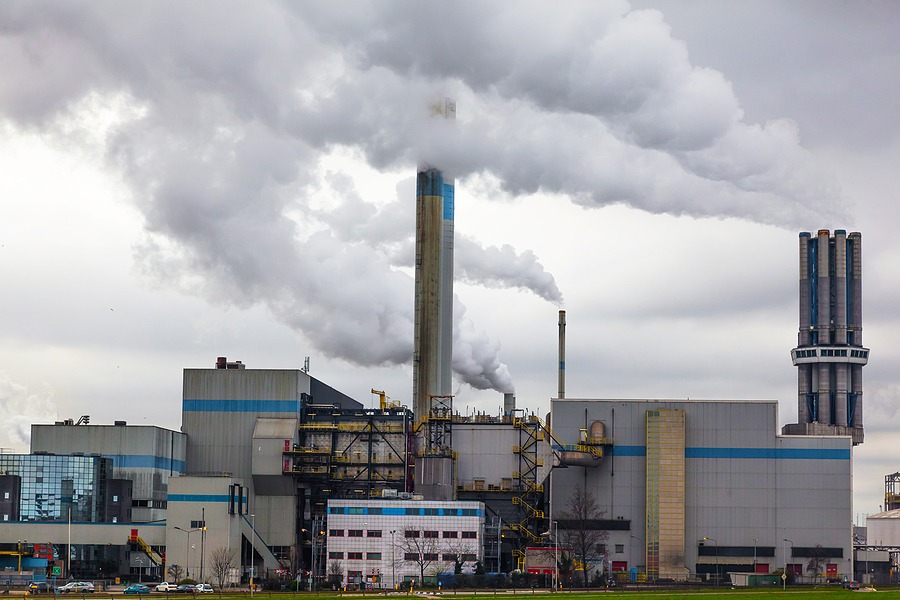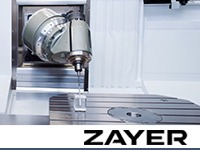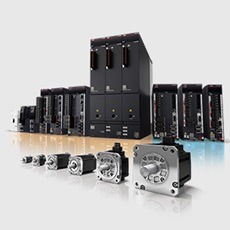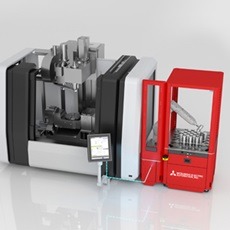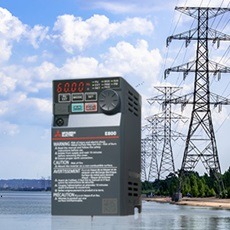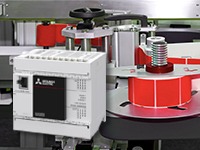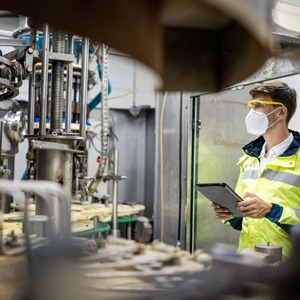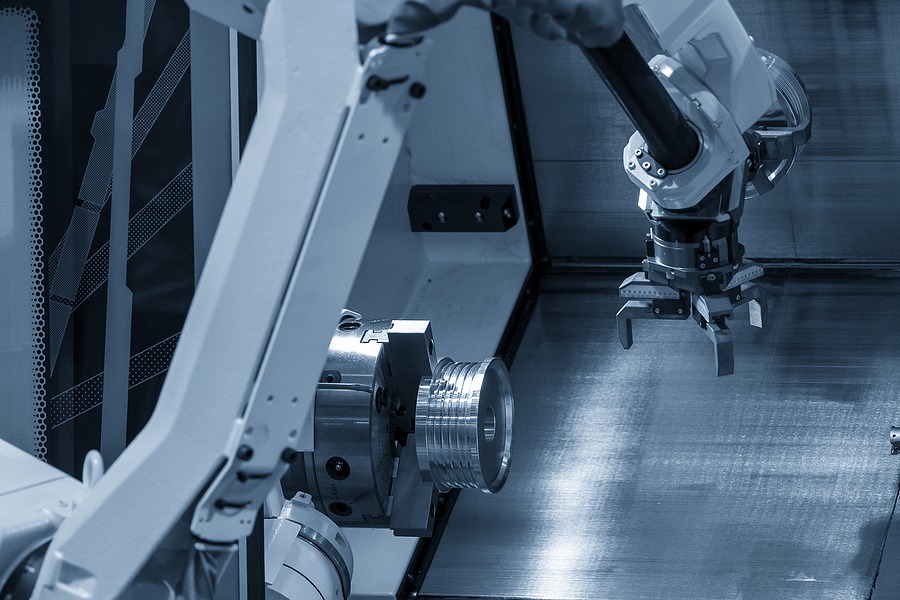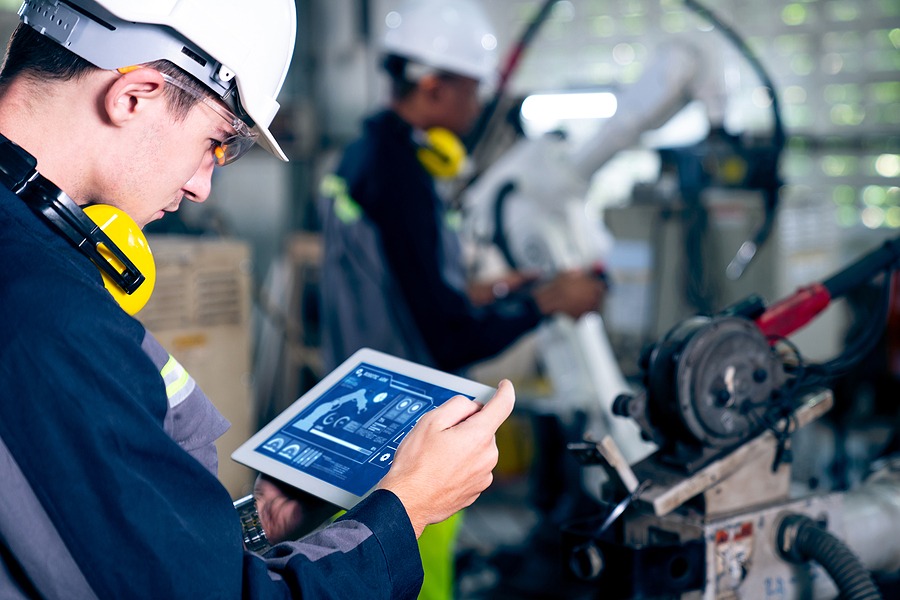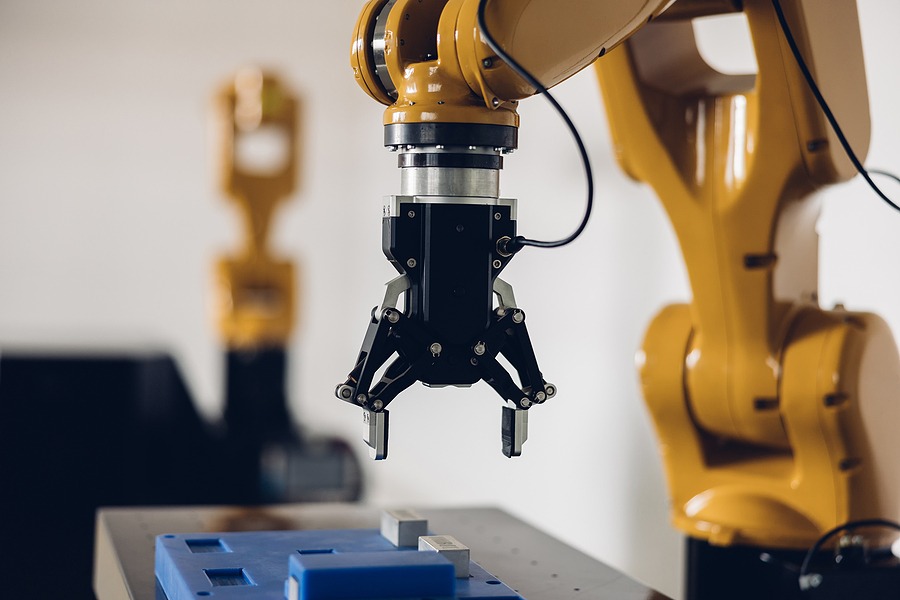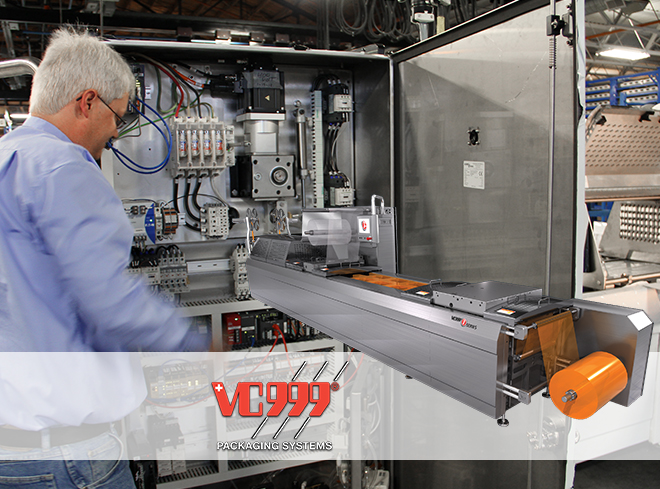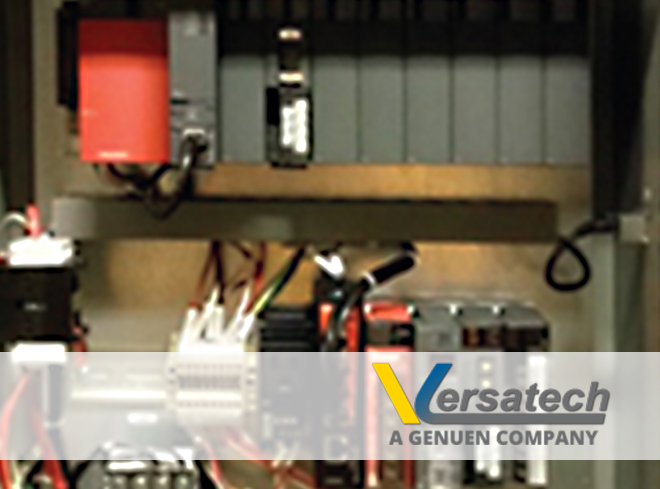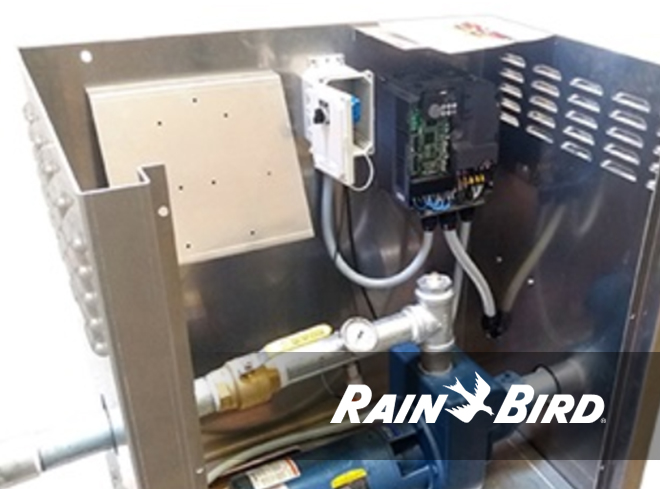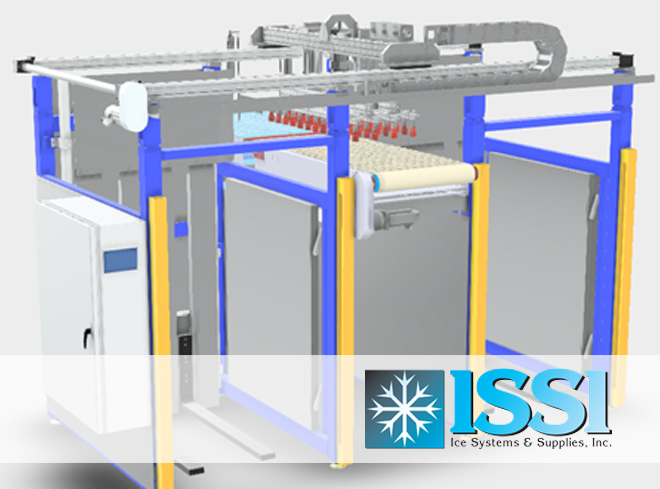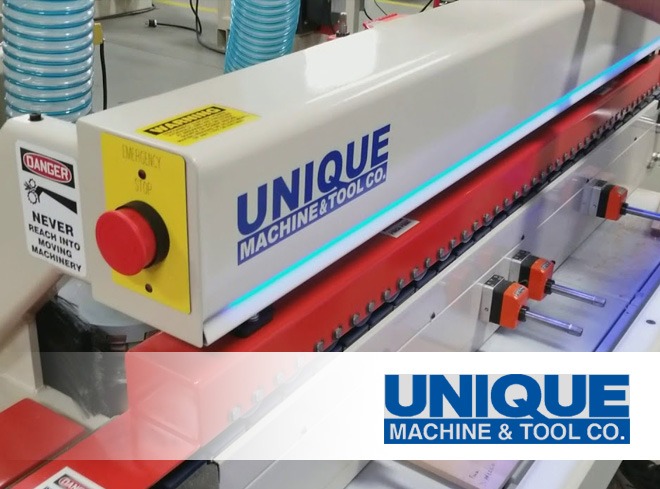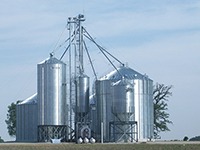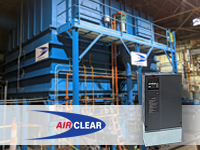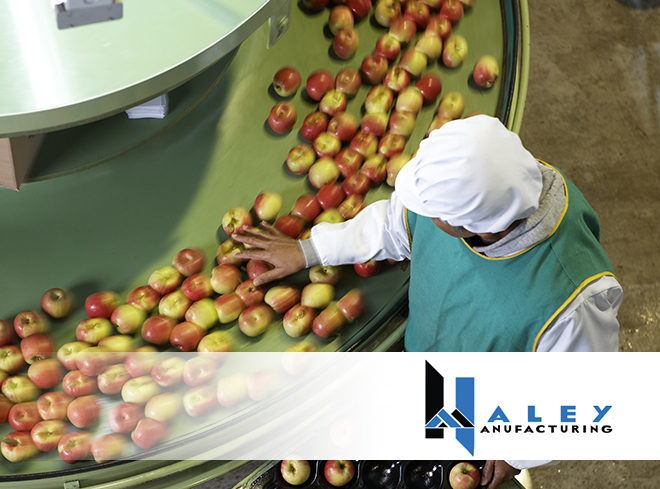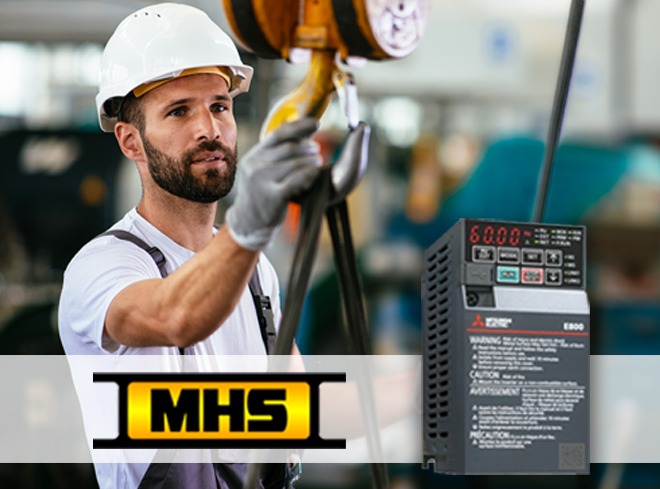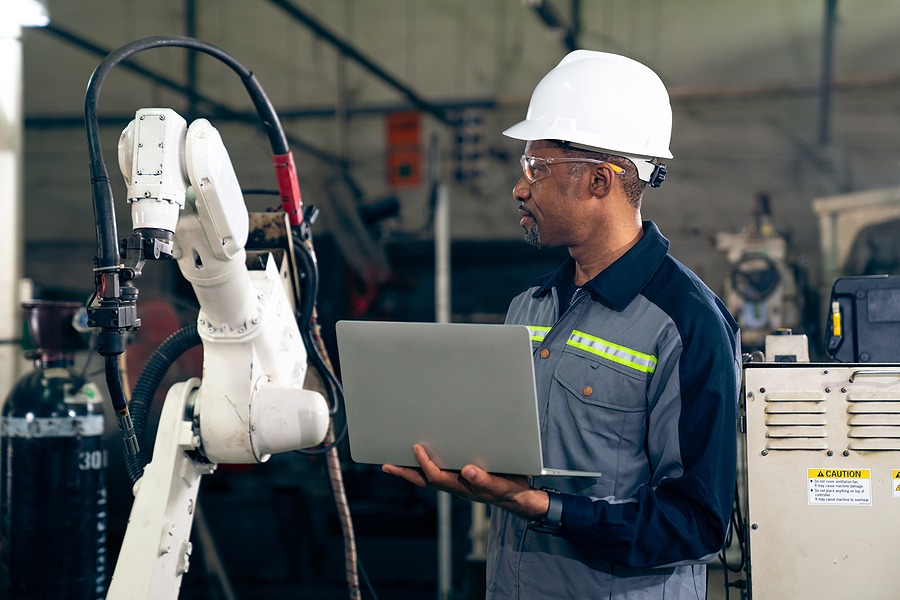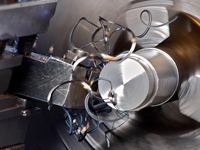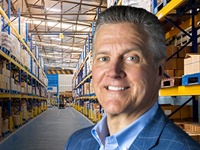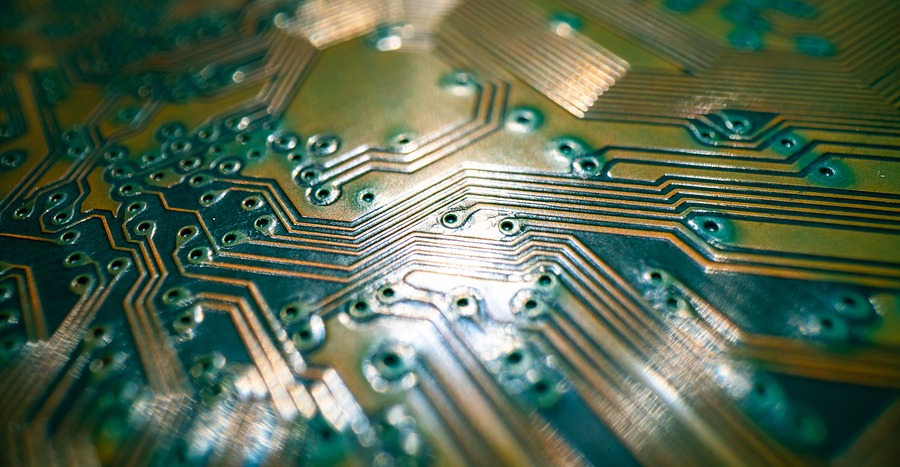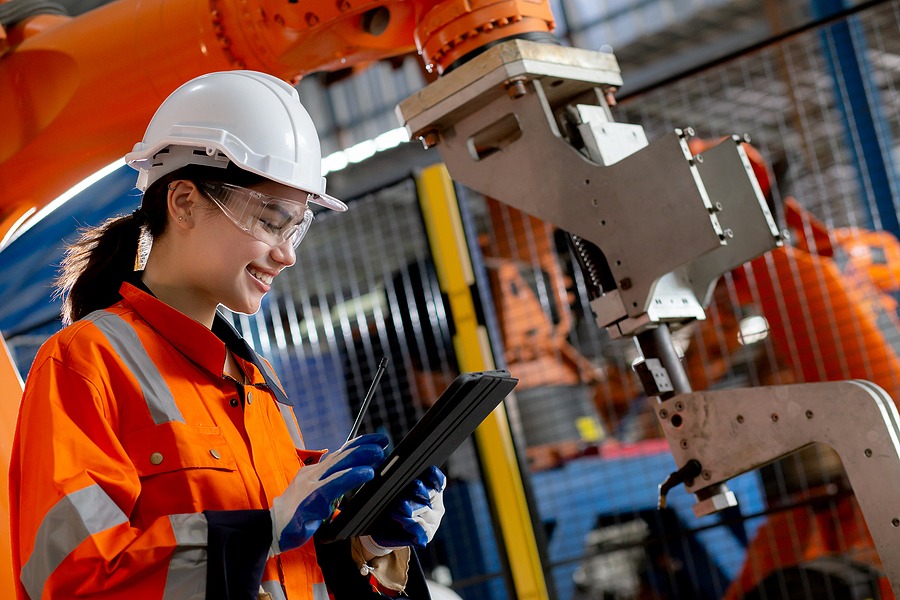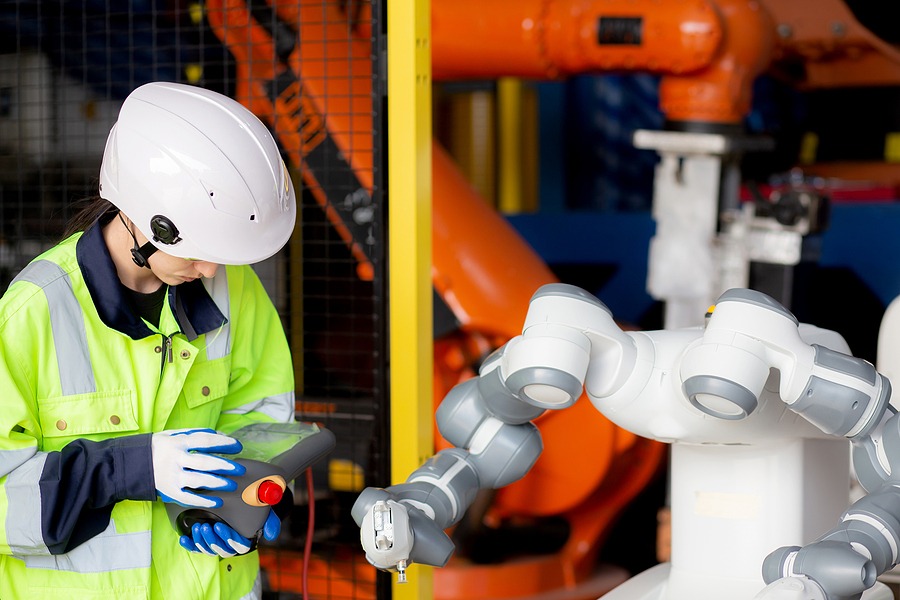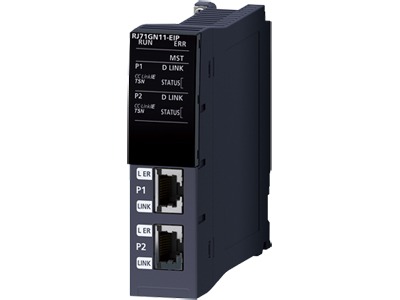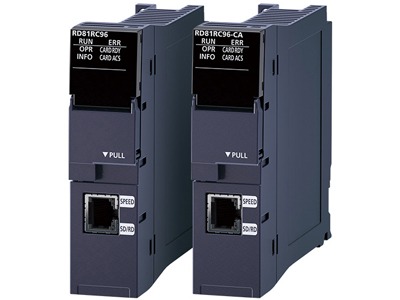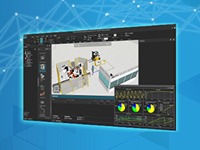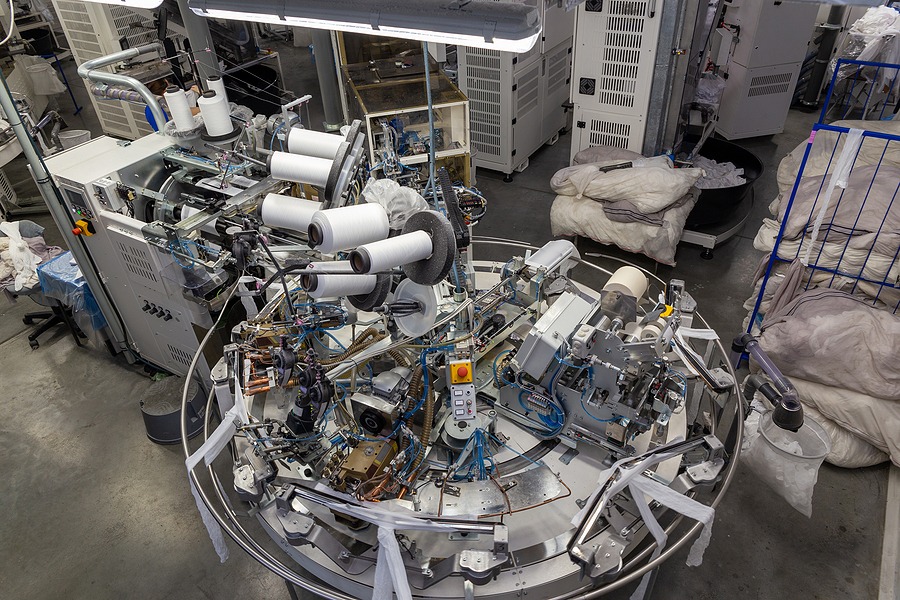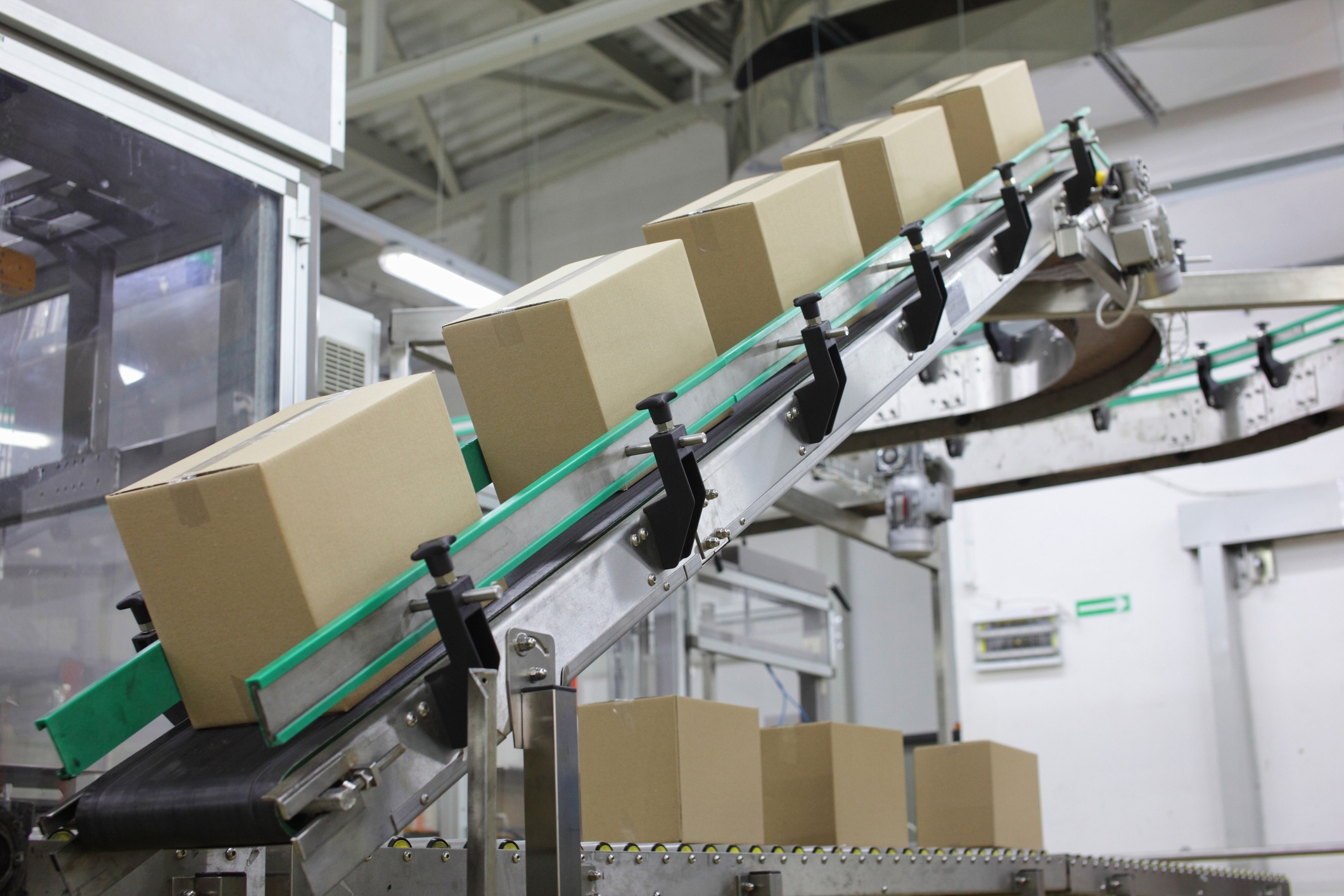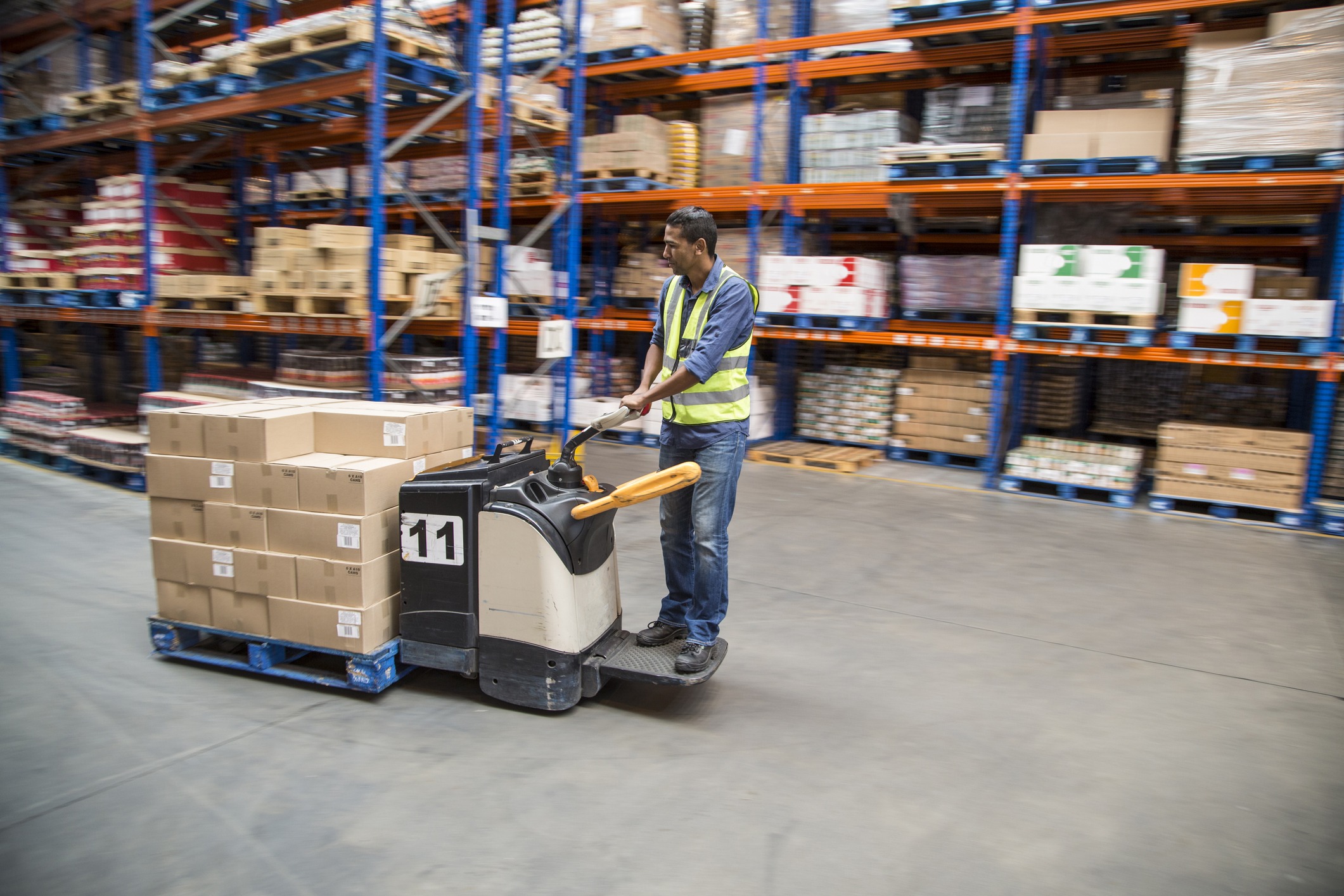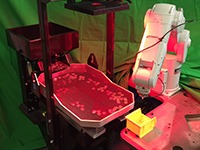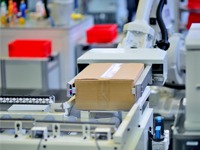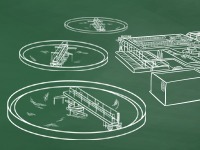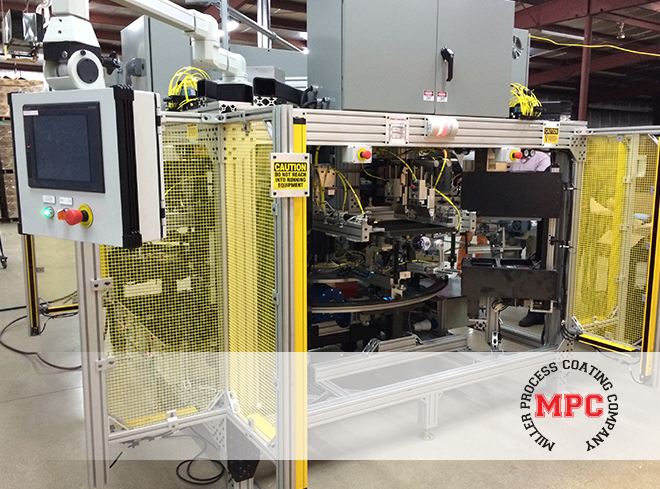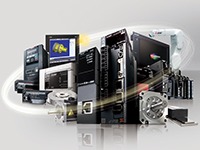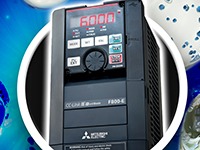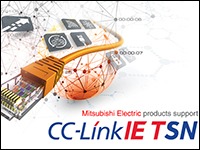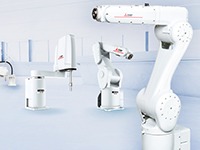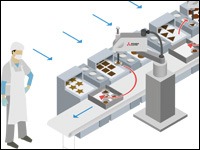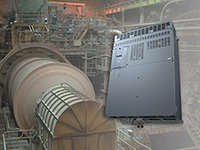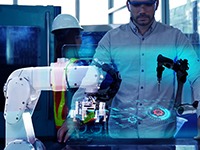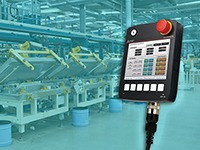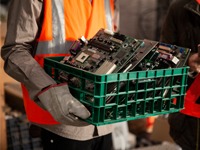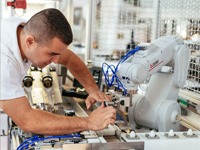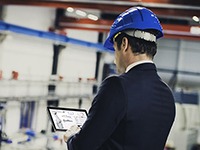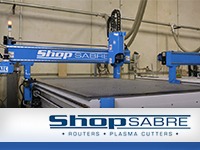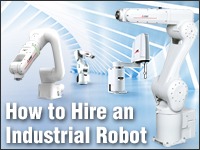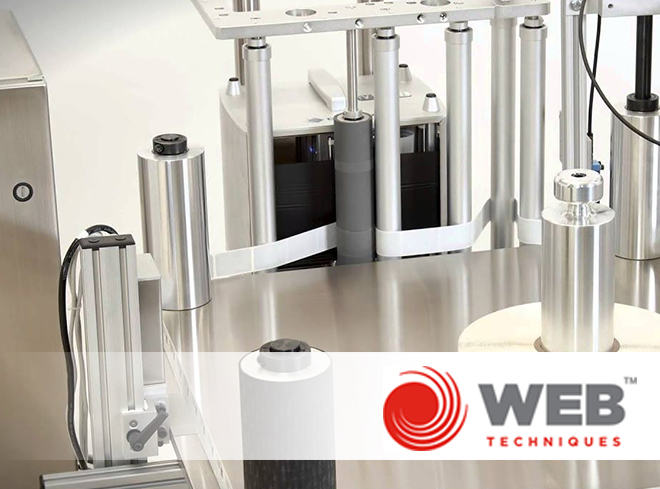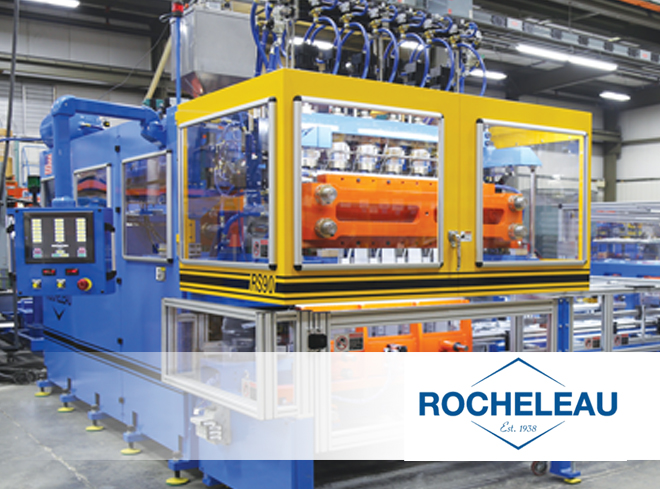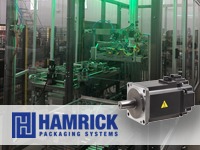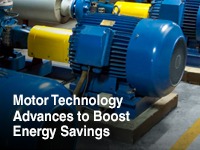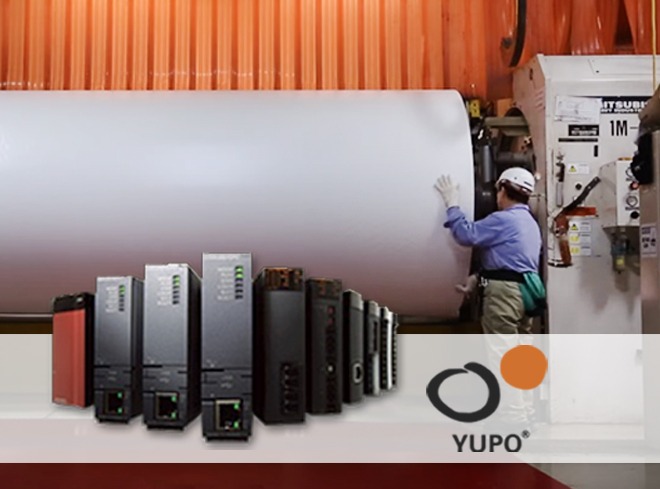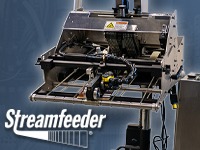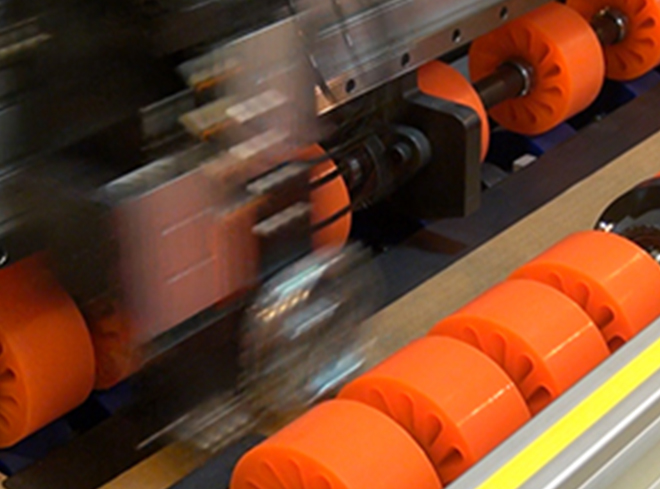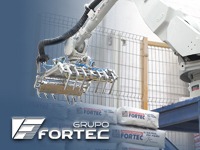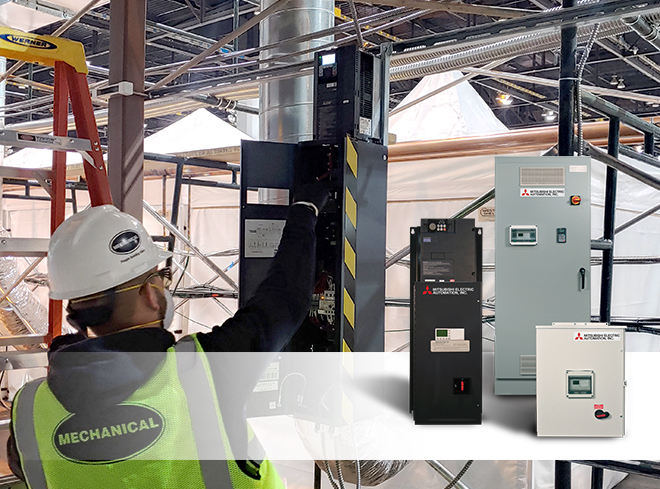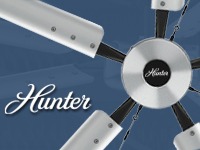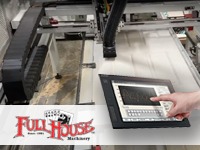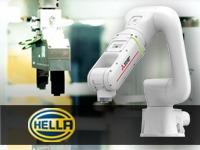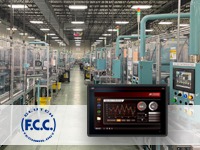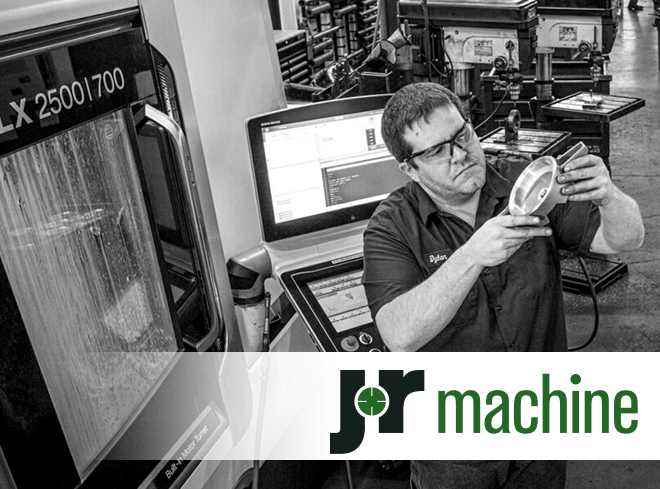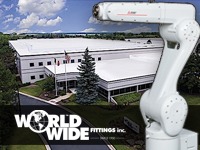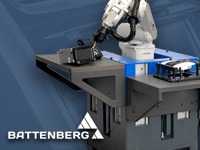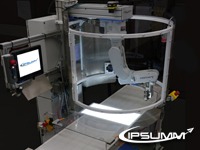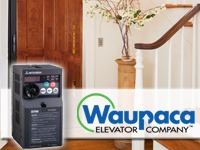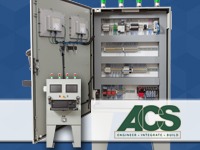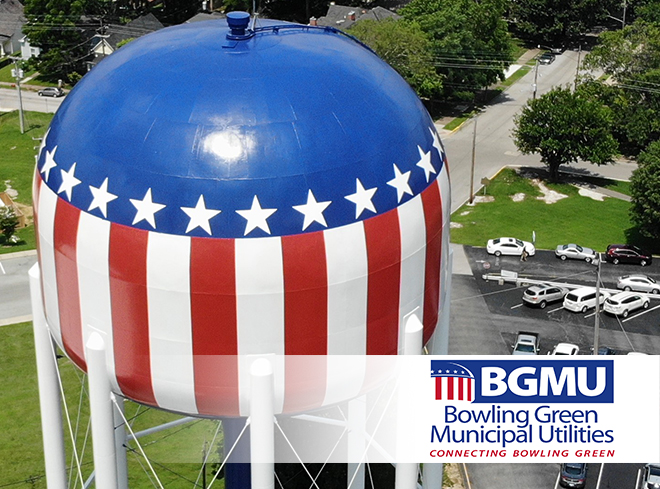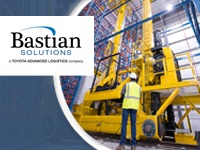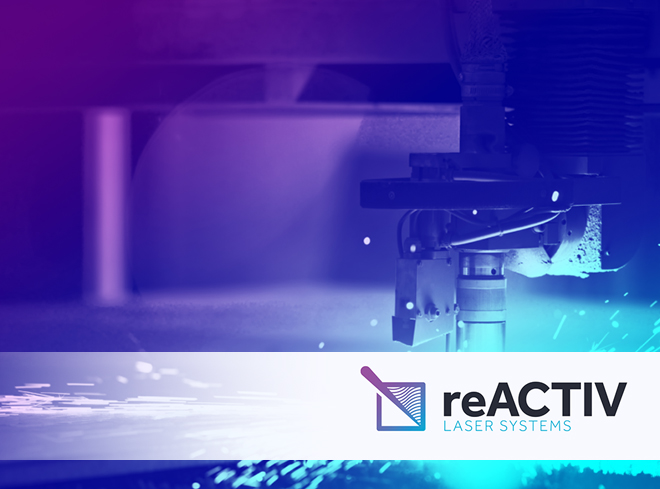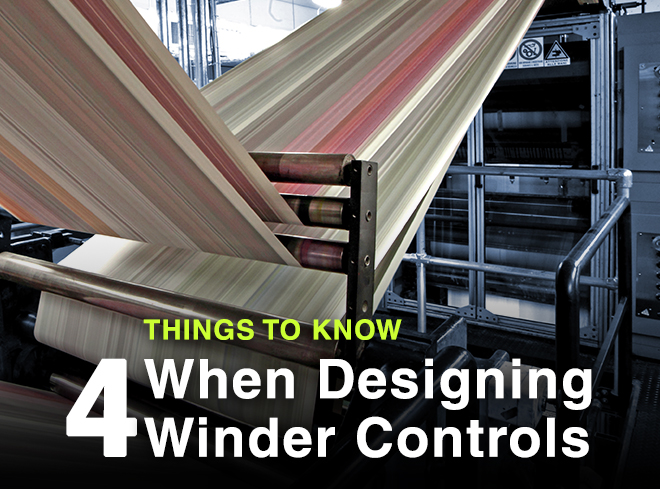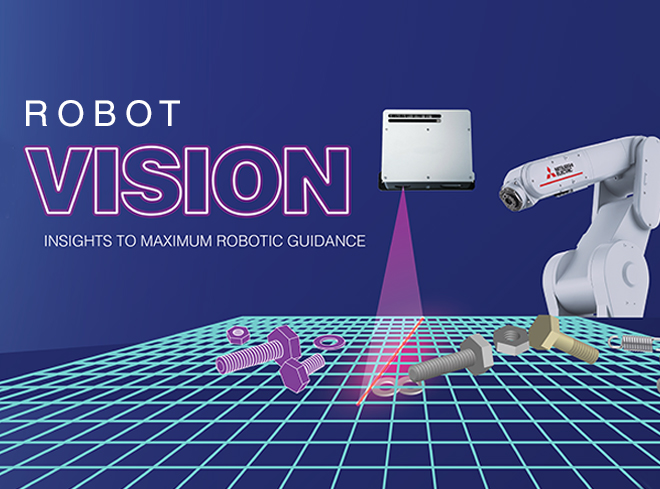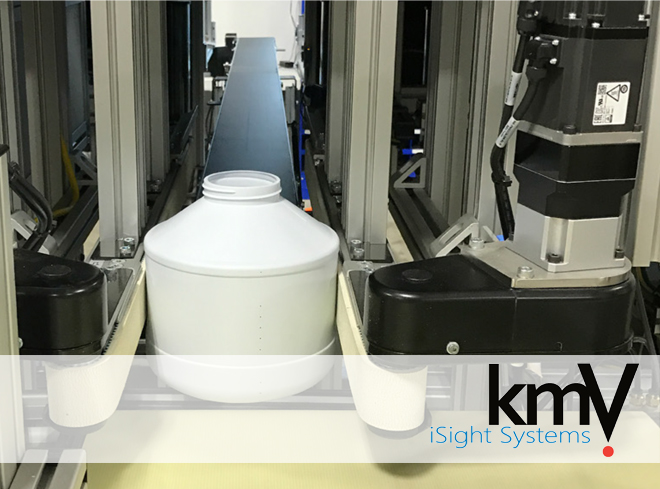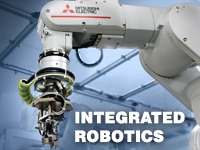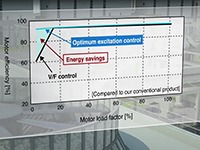
Mitsubishi Electric VFDs are energy efficient products that can help comply with government sustainability policies and demand for renewable energy.
Incredible Energy and Cost-Saving Potential
Electric motors are used pervasively in industry. They’re used for industrial pumps, electric fans, compressed air systems, conveyors, material handling and more. Most of these motors run at full speed or they’re off. There is no middle-ground, because their speed can’t be altered on their own. As a result, they consume more electricity than required to do the job.
According to Global Efficiency Intelligence, industrial motor systems account for over 70% of electricity use in the manufacturing sector. That’s a lot of energy consumption and a lot of untapped potential for energy and cost savings. Unfortunately, there is limited understanding of this potential. Global Efficiency Intelligence says, “The major electricity saving potential in motor systems often exists not in the motor itself, but elsewhere in the system.”
Variable frequency drives (VFDs) can mitigate unnecessary power consumption in many industrial and commercial applications by varying the speed (or frequency) of motors. VFDs are being widely adopted across a variety of industries including:
- Water/Waste-water
- Mining
- Food & beverage
- Oil & gas
- And more
Many VFDs are installed on centrifugal pumps, fans, blowers and compressors where torque output increases with motor speed. As you might expect, variable torque load applications deliver the most significant energy savings — up to 50 percent.
A Sustainable Advantage
Virtually any application that uses motors to drive fans and pumps can find significant savings when energy-efficient VFDs are added. This is especially true for HVAC systems in commercial buildings. These systems account for more than 40% of total energy use in the U.S.
New energy-efficiency standards by The Department of Energy need to be met by 2023. The regulations involve all aspects of system design:
- Compression
- Air management
- Heat transfer
- Integrated controls
The new standards will help organizations achieve their sustainability goals and deliver a sustainable advantage in ongoing cost savings.
Turn On Efficiency in the Public Water Sector.
Another sector that can benefit greatly from VFDs is public water utilities. According to the DoE, critical processes in water, wastewater and irrigation activities jointly use more than 55 billion kilowatt-hours per year. Use of VFD technology in water utilities can deliver consistent energy savings over time.
The DoE says, “A plant’s ability to deliver water efficiently — reducing energy loss — has a direct impact on the plant’s energy consumption and bottom line.” Typically, the constant speed pumps used in water systems operate at maximum performance and efficiency for only a percentage of each day.
When VFDs were added to the water pumping system in Bowling Green, the city reported a reduction in energy consumption of up to 85%.
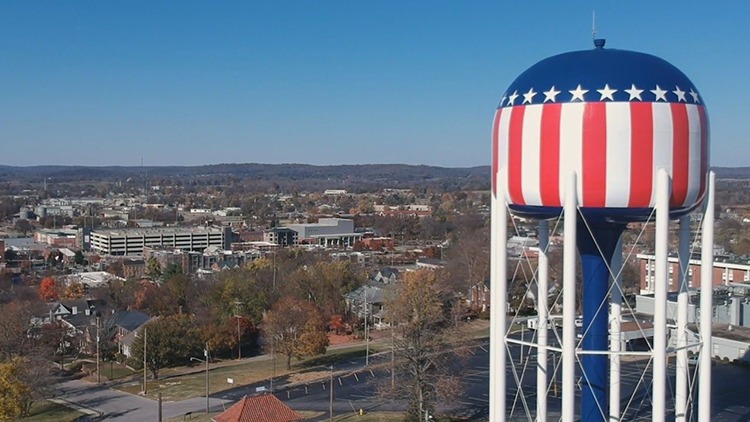
When the Bowling Green Municipal Utilities (BGMU) water tower required maintenance, Mitsubishi Electric distributor Air Hydro Power worked with BGMU to develop a pumping system with a VFD that could provide water for the city while the work on the water tower was being done. BGMU found that the addition of the VFD not only helped them reduce costs, it enhanced customer service and improved their sustainability posture.
The ROI of VFDs
BGMU used the diversion system with its VFD for almost a year. During that time, the peak demand energy usage went down by 85% largely attributed to the use of VFDs. BGMU believes the intelligent pump control enabled by the VFD will easily deliver a two-year return on investment (ROI) based on reduced energy consumption.
VFDs can also positively impact water and energy use. Non-revenue water losses in the U.S. may exceed 30 percent. This water loss is critical to the environment and to sustainability. Furthermore, energy is wasted pumping this water that ultimately never makes it to the consumer.
What’s the ROI of VFDs in other industries such as HVAC? Engineers at Rutgers University did an energy audit and found that installing high efficiency motors and VFDs in their HVAC systems at multiple campus buildings would:
- Have a three-year return on investment
- Save an average of 2.8 million kilowatt hours of electricity
- Prevent the release of 1,500 tons of CO2 on an annual basis
VFDs are also being used to regulate and control rotating equipment such as conveyors, machine spindles, electric fans and pumps in the production process to increase energy efficiency. In rotating machinery, reducing motor speed by just 20 percent could produce energy savings of nearly 50 percent.
The FR-E800 inverters are designed to save energy and minimize cost with the ability to auto-tune IM and PM motors.
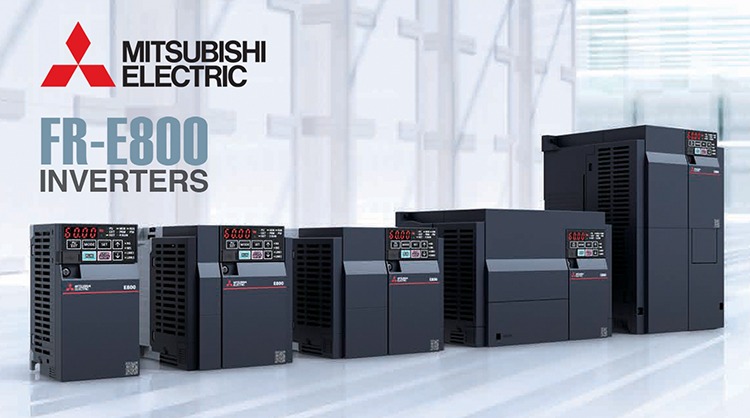
VFD Cost and Size Have Decreased While Performance Has Increased
Our new FR-E800 micro-drive can control both induction motors (IM) and permanent magnet (PM) motors. You can install this drive today to increase efficiency and when you’re ready to upgrade to a more efficient motor, you don’t have to change your control panel. All you have to do is change the motor.
This convenient, two-step process is being embraced by larger industrial fan companies who are switching over to PM motors. There’s a lot of legacy products out there. That means there is a lot of energy and cost-savings potential. If you’re buying, upgrading or building a new system, adding VFDs to your system is almost a no-brainer. Especially with our VFDs. We design and manufacture one of the key VFD components — the Insulated Gate Bipolar Transistor (IGBT) — so we know it delivers the quality, energy-efficient performance and compatibility our customers want.
Value Beyond Energy and Cost Savings
Whether you’re crushing rocks, conveying materials, or pumping water, VFDs offer the simplest implementation and the greatest energy-savings potential. According to Control Engineering, VFDs deliver five big benefits beyond energy and cost savings.
- Keeps starting current in control: VFDs can start motors at zero voltage and frequency, which keeps motor winding, flexing and heat generation in check. Reducing in-rush current helps extend motor life.
- Reduces power line disturbances: Any voltage sag in the power line can negatively impact voltage-sensitive devices such as proximity switches, sensors and computers. VFDs eliminate voltage sag.
- Demands lower power on start: The power required to start an AC motor across the line is substantially greater than it is with a VFD. When industrial customers start motors during peak hours of electrical consumption, surge prices kick in. The lower starting power of VFDs eliminates these extra charges.
- Helps in controlling operating speed and acceleration: VFDs make it possible to gradually increase power. This is especially important for applications such as bottling lines with easy-to-tip products, where an abrupt jerk to full power is problematic. VFDs can also be remotely adjusted by a controller— a big bonus to industries in a production process.
- Limits and adjusts torque: This ability protects machinery from damage and protects the process or product, by ensuring an AC motor never surpasses its limit.
Other benefits of VFDs include:
- Produce less heat and less noise, which can enable more productivity
- Eliminate the need for mechanical drive components
- Can be used for power regeneration
The power regeneration function delivers energy savings by returning power from the inverter during regenerative driving. These returned energy savings can be supplied to another inverter, which in turn saves even more energy.
Bottom line? If you need or want to…
- Comply with government sustainability policies
- Respond to increasing demand for renewable energy integration
- Adhere to the growing importance of energy-efficient systems to reduce operational costs
…VFDs are the best way to do it.
Automation Solutions Ingredients
Learn more about the FR-E800 Series VFDs discussed in this blog post, and other high-performance drive products from Mitsubishi Electric.
Work with Us and Succeed
We love our customers and the challenges they bring to us. We also like to let our customers shine by discussing how we worked together to solve their biggest challenges. If you have a challenge that needs to be solved and would like to be our next BIG success story, reach out to us and let’s connect!

